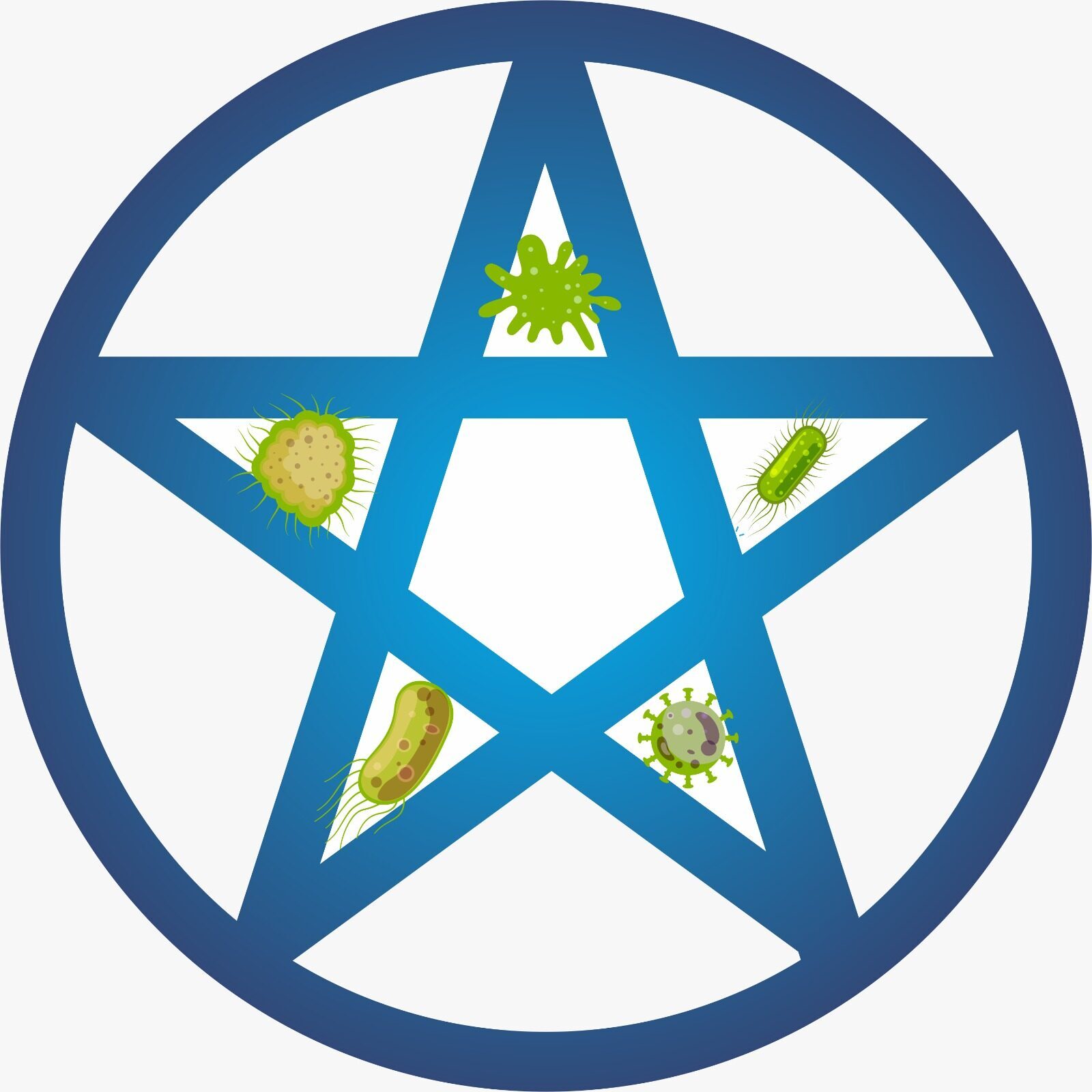Full-Text
- Introduction:
Fungi are eukaryotic in nature. They might take the shape of molds, yeast, or a mixture of the two. Certain fungi can induce allergic, systemic, superficial, cutaneous, or subcutaneous illnesses. Yeasts are microscopic fungus made up of single cells that proliferate by budding. The chitinous microfibrils contained in a matrix of tiny polysaccharides, proteins, lipids, inorganic salts, and pigment make up the layered structure that makes up the fungal cell wall. This structure gives the enclosing protoplast shape and skeletal support. The morphological traits of Alternaria burnsii CBS 107.38, such as conidia dimension, color, and septa (longitudinal and transverse); conidiophore type, size, and septa; sporulation patterns (in chains or solitary; branched or unbranched); and cultural traits, have all been taken into consideration when classifying this species [1, 2-5]. The fungus Alternaria is responsible for aspergillosis, candidiasis, asthma, and upper respiratory tract infections and their presence in food is needed to be detected to protect health of people across. In this work, the isolation, identification and phylogeny analysis of fungi from Motichoor ladoos belonging to the Hadapsar village of Pune district, Maharashtra, India was studied based on its molecular analysis.
- Materials and Method:
2.1 Isolation, DNA Extraction, PCR and Sequencing:
Fungi species was isolated from Moticoor ladoos collected from one of the Sweet Homes from Hadapsar, Maharashtra, India on Potato Dextrose Agar [PDA] (hereafter, will be written as PDA) at 28±2°C for 8 days and maintained at 4°C for culturing purposes. The morphological characters of fungi were visualized by Lactophenol Blue staining technique [6]. The identification of isolates was carried out at the sequencing facility of National Centre for Microbial Resource (NCMR), National Centre for Cell Science, Pune. At the facility, genomic DNA was isolated by the standard phenol/chloroform extraction method [7], followed by PCR amplification of the ITS regions using universal primers ITS1 [5′-TCC GTA GGT GAA CCT GCG G -3′] and ITS4 [5′-TCC TCC GCT TAT TGA TAT GC -3′].
The amplified ITS PCR product was purified by PEG-NaCl precipitation and directly sequenced on an ABI® 3730XL automated DNA sequencer (Applied Biosystems, Inc., Foster City, CA) as per manufacturer’s instructions. Essentially, sequencing was carried out from both ends so that each position was read at least twice. Assembly was carried out using Lasergene package followed by NCBI BLAST against sequences from type material for tentative identification [8].
2.2. Phylogenetic Analysis:
They phylogenetic analysis of the obtained fungal sequence was performed using Molecular Evolutionary Genetic Analysis X (MEGA X) [9] with Neighbour-Joining (NJ) method of analysis and a bootstrap support of 1000 replicates by taking the sequences from NCBI database showing highest similarities.
- Result
The sample of fungi was processed for identification on the basis of ITS region (table 1). The obtained sequence was then submitted to NCBI with accession number QQ928954.1. The identification was performed using NCBI database. The reliability in identification is restricted to not only availability but also the homology extent revealed by approximately 550 base pairs (bp) sequence of the sample under study with its closest neighbor in the database The comparison of the sequence with NCBI database (NCBI-BLASTn (http://blast.ncbi.nlm.nih.gov/)) [10] showed that the fungi under study is Alternaria burnsii with 99.61% similarity with other sequences in the database. The fungal sample under study (A JAN 23 096) showed cluster (in a single clade) with NCBI sequences KP 124420.1, Alternaria burnsii strain CBS 107.38, and KP136019.1 Alternaria burnsii strain CBS 107.38. As well, threads of fungi reported in Lactophenol Blue staining [figure 1].
- Discussion:
The isolate from Motichoor ladoos collected from Hadapsar, Maharashtra, India was similar with those described as Alternaria bursnii. This finding was supported by Paul et al. [11] who reported that the fungal isolates from Bangladesh Agricultural Research Institute (BARI), Bangladesh pumpkin seeds were similar to Alternaria bursnii. The ITS sequences of fungal isolates from Bangladesh showed over 100% sequence similarities with A. burnsii [11]. Similarly, the fungus specimen with Genbank accession no. QQ928954.1 used in our study reported 99.61% similarity with the NCBI sequence database. The difference of 0.39% sequence similarity was reported in both studies with the NCBI sequence database.
- Conclusion:
The fungal species present in the Motichoor ladoos can be identified by using Internal Transcribed Spacer 1 [ITS up to species level using NCBI sequence database. However, the species identification is not robust and reliable since there is variation in the sequence similarities from different geographical locations (India and Bangladesh).
